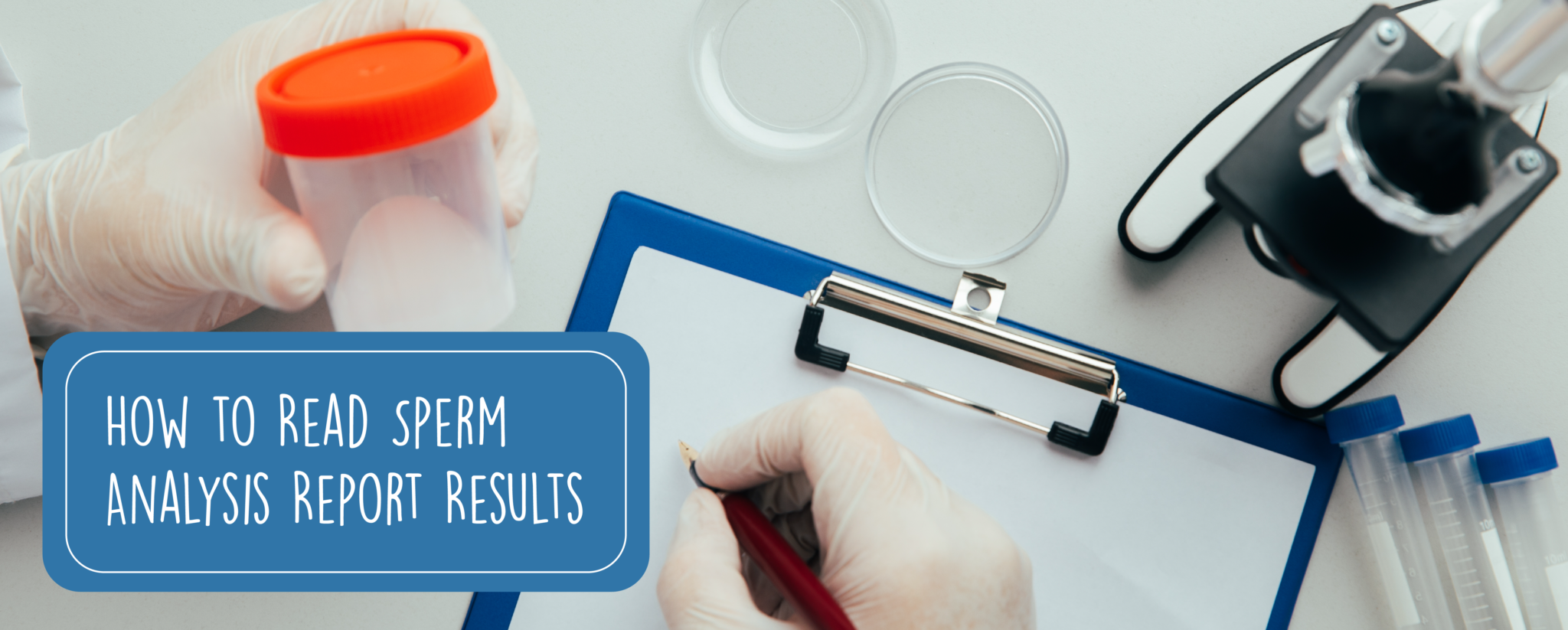A sperm analysis, or semen analysis, is a crucial test for evaluating male fertility. It assesses various aspects of sperm health, such as sperm count, motility, and morphology, to identify potential fertility issues. By interpreting this test, healthcare providers can recommend further treatment options to increase the chances of successful conception.
What is a Sperm Analysis?
A sperm analysis involves examining a semen sample under a microscope in a laboratory. The test measures different parameters to evaluate sperm health and fertility potential. It is often recommended as the first step in identifying male infertility issues.
Why is Sperm Analysis Done?
Fertility Assessment
A semen analysis helps identify whether male infertility is contributing to difficulty in conceiving. Issues such as low sperm count or poor motility can be identified through this test.
Post-Vasectomy Check
After a vasectomy, men undergo semen analysis to ensure no sperm is present in their semen, confirming the effectiveness of the procedure as a permanent birth control method.
Sperm Health Evaluation
The test measures key factors such as sperm movement (motility), shape (morphology), and count. These factors determine the sperm’s ability to fertilize an egg.
Key Parameters in a Sperm Analysis Report
Volume
This measures the amount of semen in the sample. A normal range is between 1.5-7.6 ml. Low volume may indicate issues with the prostate or seminal vesicles, while high volume can dilute sperm concentration, affecting fertility.
Sperm Count (Concentration)
A normal count ranges from 15-259 million sperm per milliliter. A low sperm count may indicate that the testicles are not producing enough sperm or that there is a blockage.
Motility
Motility refers to how well sperm move. For normal fertility, over 50% of sperm should have good movement. A score of 3-4 indicates healthy motility, which is crucial for sperm to reach and fertilize the egg.
Morphology
Morphology assesses the size and shape of sperm. Typically, 4-48% of sperm should have a normal structure. Abnormal morphology can indicate male infertility and is often associated with genetic issues or chronic health conditions.
pH Level
Semen’s pH should be within 7.2-7.8. A pH below 7.0 may indicate a blockage, while a pH above 8.0 could suggest an infection, both of which can affect fertility.
Liquefaction Time
Semen typically liquefies within 15-30 minutes after ejaculation. Delayed liquefaction may hinder sperm movement, reducing the chances of fertilization.
White Blood Cells
An elevated white blood cell count could indicate infection or inflammation, negatively impacting sperm quality.
Interpreting the Results
Normal Results: A normal sperm analysis report suggests no apparent issues with male fertility. However, if conception difficulties persist, it’s important to assess the female partner’s fertility.
Abnormal Results: Abnormalities in sperm count, motility, or morphology may point to male infertility. These could stem from infections, genetic defects, hormonal imbalances, or lifestyle factors such as smoking or excessive alcohol consumption.
Next Steps for Abnormal Results
If your sperm analysis report shows abnormal results, consult a fertility specialist for a personalized treatment plan. Options include:
Surgery for blockages or varicocele.
Medications or antibiotics for infections.
Hormone therapy for hormonal imbalances.
Assisted reproductive techniques like Intrauterine Insemination (IUI) or In Vitro Fertilization (IVF) can help increase the chances of conception.
Conclusion
A sperm analysis is a valuable tool for assessing male fertility. Understanding the key parameters and what they mean is essential for interpreting your results. If you receive abnormal results, lifestyle changes such as a healthy diet, exercise, and avoiding smoking or excessive alcohol can improve sperm health. For persistent issues, consult a fertility specialist for further evaluation and treatment options to increase the likelihood of conception.
